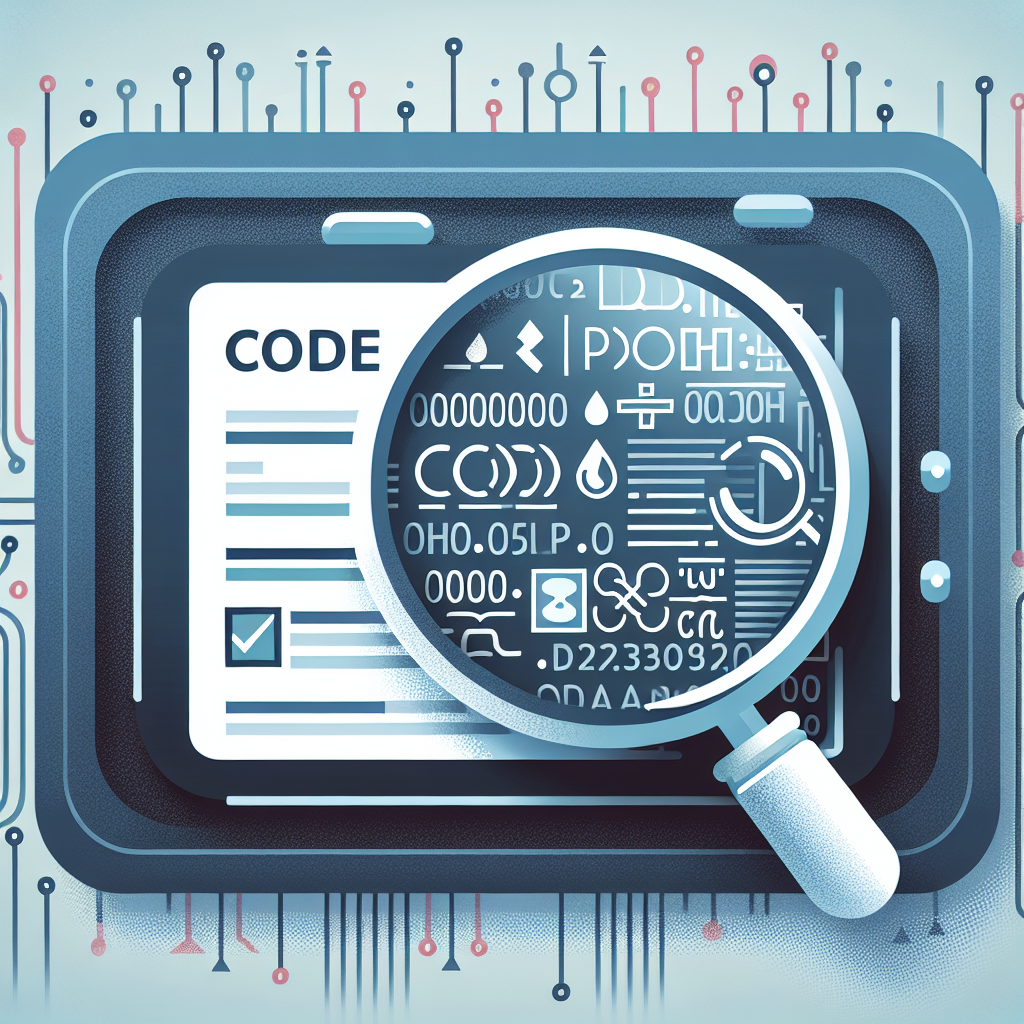How to Understand Common Codes on Your Live Scan Report
Introduction
Understanding Live Scan reports can be very tricky, especially with all the strange codes they have. If you’re an employer checking backgrounds or someone making sure you’re following rules, knowing what these codes mean is really important. A Live Scan report is basically a background check using fingerprints that are often needed for jobs, licenses, or volunteer work. It’s key to know what these codes mean so you can make smart choices based on what’s in the report.
What is a Live Scan Report?
A Live Scan is an electronic way to check your fingerprints against criminal records found in local, state, and federal databases. This new system is better and faster than the old ink and paper method. You get your fingerprints scanned at a special place and they are sent to the Department of Justice (DOJ) and the Federal Bureau of Investigation (FBI) to check them. Organizations use the Live Scan report to see if someone can be hired or get certain licenses.
Why Codes Matter
The codes on a Live Scan report help you figure out what’s in it. These codes tell you what information is on the report and how it looks. Knowing what these codes mean can change what jobs or licenses you can get, so it’s important for everyone to understand them. If you get these codes wrong, it can lead to mistakes about someone’s background, which can cause big problems.
Common Codes on a Live Scan Report
A. Personal Identification Codes
These are special codes for things like your Social Security Number (SSN) or Driver’s License Number (DLN). They help make sure the report is talking about the right person and avoid any mix-ups.
B. Employment and Licensing Codes
These codes are super important for employers and people giving out licenses because they show if someone is fit for a job or license. Employers use these codes to check that a person meets all the needs for a job or has the right past job checks.
C. Criminal History Codes
This is usually the part people look at the most since it shows any criminal records linked to a person. There are codes for different things like arrests, charges, and convictions. Knowing what each code means, like the difference between just an arrest and a conviction, is really important.
D. Miscellaneous Codes
These codes might have extra info like where someone has lived or other things that give more context to the report. They can help confirm where someone has lived over time or other stuff that might affect a job decision.
How to Understand Specific Codes
A. Understanding Code Categories
Each group of codes shares specific information. By getting how these groups work, you can guess what info each code shares and what part of the report it relates to.
B. Tools and Resources for Understanding
There are lots of tools and places that can help you figure out these codes. Both people and employers should check out official resources like the DOJ’s website or talk to professionals to make sure they really understand and use the codes right.
Common Misunderstandings and Clarifications
People often make mistakes when reading their Live Scan report because they don’t know what some codes mean. A common mistake is thinking an arrest is the same as a conviction. By knowing what each part really means, you can avoid these mistakes.
Legal Issues and Privacy Concerns
Dealing with Live Scan reports also means being careful with laws. These reports have sensitive information that’s protected by privacy laws. You need to know your rights on how your report can be used, shared, and kept, to keep your privacy safe.
What to Do if You See Mistakes
- Look over the part with the mistake carefully.
- Get in touch with the right group for help, usually the one that asked for the Live Scan.
- Make a claim if needed, showing proof to back it up.
- Keep checking to make sure the error gets fixed quickly.
Conclusion
Knowing how to read a Live Scan report’s codes is a key skill that helps you make big decisions at work and in life. By learning these codes, using helpful resources, and knowing your legal rights, you can understand them right and protect your own interests.
Additional Resources
For more help, there are lots of guides and official resources online. Check the Department of Justice’s website for guides, talk to professionals for more help, or contact authorized Live Scan places if you need aid. Whether you’re checking for yourself or as an employer, there’s help to make it simpler and easier.
Call to Action
We know that all of this can be quite overwhelming. But don’t worry! We at Tags Clinic are here to help you get through this process with ease. Visit us at 3845 University Ave, San Diego, CA or give us a call at 619-777-9046. We aim to make the process as simple and straightforward as possible for you.
Locate Us:

Leave a Reply